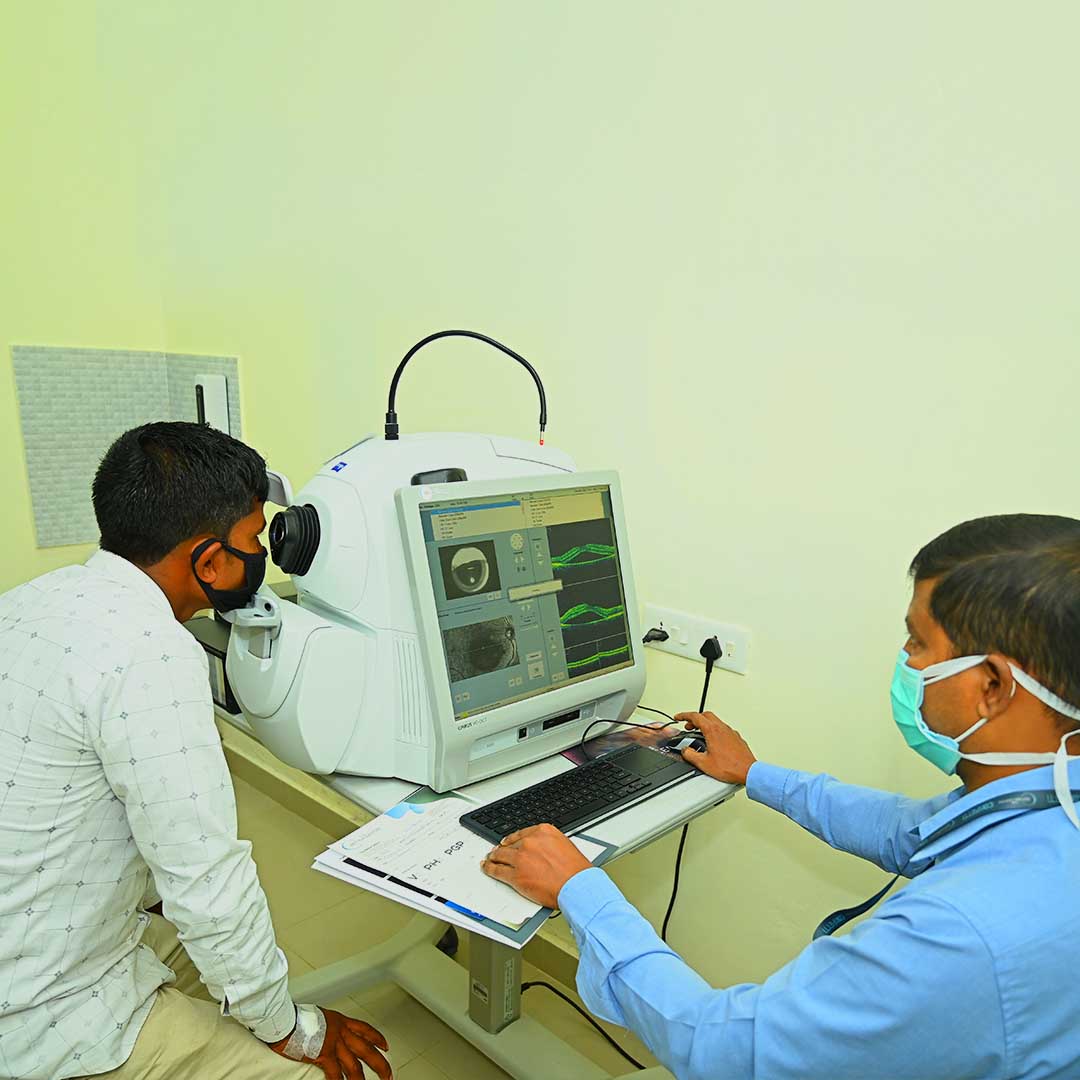A cataract is a condition where the natural lens of the eye becomes cloudy, leading to blurred or impaired vision. While age-related cataracts are more common, a rare but significant form called galactosemic cataract can develop in infants due to a genetic disorder known as galactosemia.
What is Galactosemia?
Galactosemia is an inherited metabolic disorder where the body is unable to properly process galactose, a sugar found in milk and dairy products. When galactose isn’t broken down effectively, it accumulates in various body tissues—including the lens of the eye—leading to cataract formation in newborns and infants.
Causes of Galactosemic Cataract
The root cause lies in the deficiency of the GALT (galactose-1-phosphate uridylyltransferase) enzyme. Without this enzyme, galactose and its by-products build up in the blood and tissues, leading to lens opacity. The condition typically appears within the first few weeks after birth, especially in infants who consume lactose-rich milk.
Symptoms to Watch For
Cloudy or whitish appearance in the pupils
Poor visual tracking or delayed visual development
Sensitivity to light (photophobia)
Unusual eye movements (nystagmus)
Prompt diagnosis is crucial to prevent vision loss and other complications of galactosemia, such as liver damage or developmental delays.
Treatment Options
The primary treatment for galactosemia is a strict galactose-free diet, which can help halt further cataract progression. In many cases, early dietary intervention can even lead to partial or full reversal of lens opacity.
However, if the cataract is dense and vision is significantly impaired, surgical intervention may be necessary to restore visual function. Pediatric cataract surgery is a delicate procedure and must be followed by close postoperative care and vision rehabilitation.


